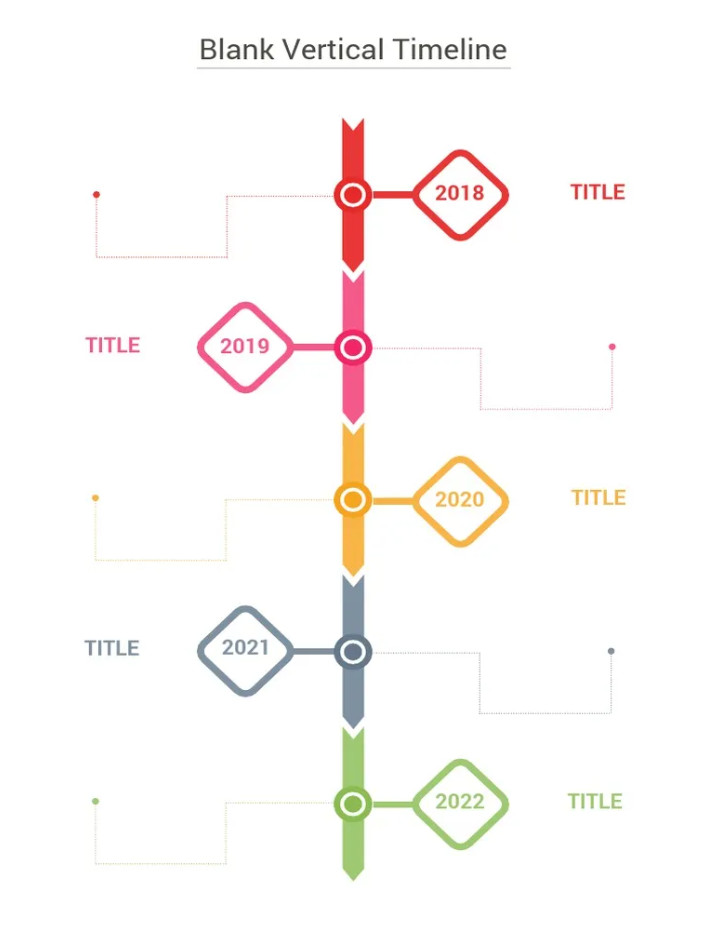A vertical timeline can be an invaluable tool when organizing and visualizing chronological events or steps in a process. This linear, vertical format makes it easy to understand the progression of events or milestones clearly and concisely. Whether planning a project, tracking historical events, or creating a visual timeline for educational purposes, a vertical timeline can help you effectively communicate information and keep track of important dates.
In this article, we will explore the what, why, and how of using a vertical timeline, as well as provide examples and tips for successful implementation.
What is a Vertical Timeline?
A vertical timeline is a visual tool that organizes chronological events or steps in a process in a linear, vertical format. It typically consists of a vertical line that represents the passage of time, with labeled points or markers along the line to signify specific events or milestones.
The timeline can be printed on paper or displayed digitally, depending on the intended use and audience.
Why Use a Vertical Timeline?
There are several reasons why using a vertical timeline can be beneficial:
- Clarity: The linear, vertical format of a vertical timeline makes it easy to understand the progression of events or steps in a process.
- Organization: By visually organizing information in a timeline format, you can easily see the relationship between different events or steps.
- Communication: A vertical timeline can effectively communicate information to others, whether it’s for project planning, historical analysis, or educational purposes.
- Visualization: Seeing information in a visual format can aid in comprehension and memory retention.
- Tracking: A vertical timeline allows you to track the progress of a project or the occurrence of historical events.
How to Create a Vertical Timeline
Creating a vertical timeline is a relatively straightforward process. Here are the steps to follow:
- Determine the Purpose: Decide why you need a vertical timeline and what information you want to include.
- Gather the Data: Collect the chronological events or steps in a process that you want to include in the timeline.
- Choose a Template: Find a vertical timeline template that suits your needs. There are many free templates available online, or you can create your own using software or design tools.
- Enter the Information: Input the events or steps into the timeline template, placing them in the appropriate chronological order.
- Add Details: Include any additional information, such as dates, descriptions, or images, to enhance the timeline.
- Customize the Design: Adjust the colors, fonts, and layout of the timeline to make it visually appealing and easy to read.
- Print or Share: Once the timeline is complete, you can either print it out or share it digitally, depending on your needs.
Examples of Vertical Timelines
Here are a few examples of how a vertical timeline can be used:
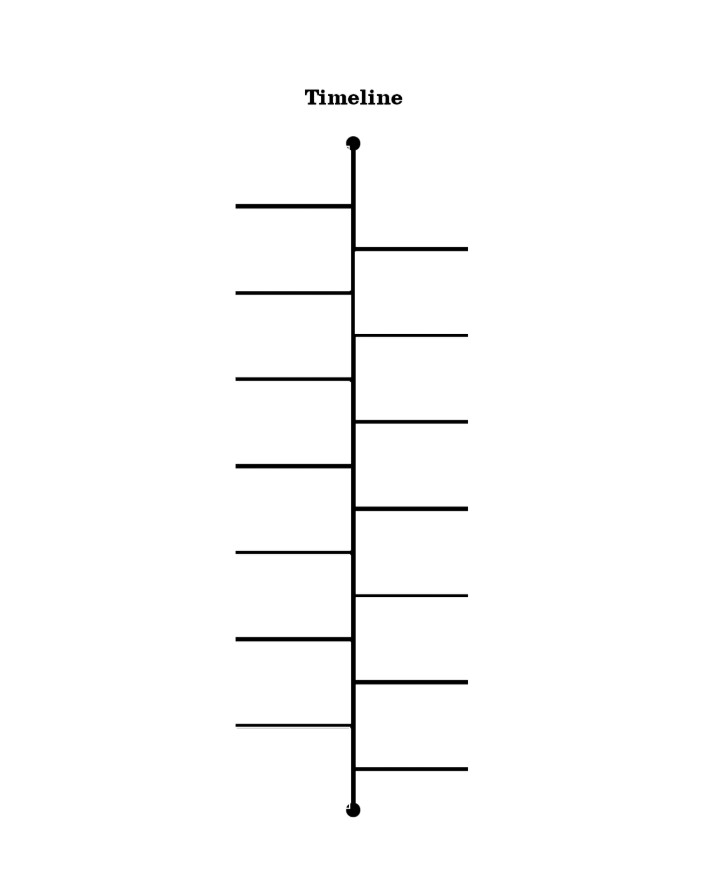
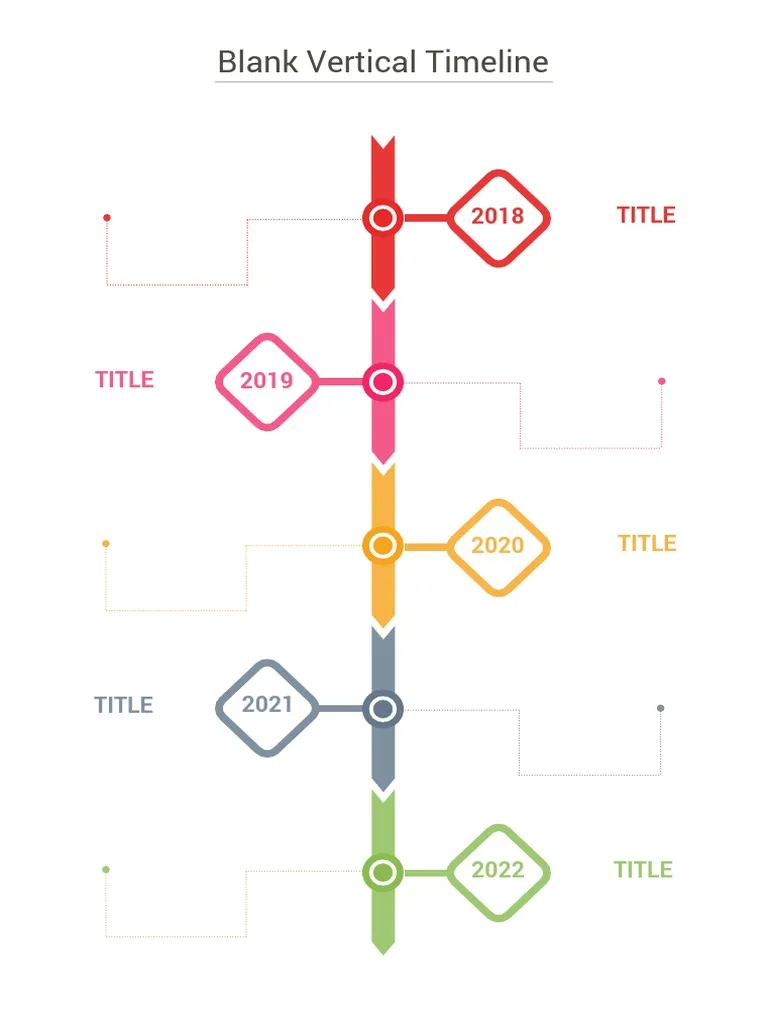
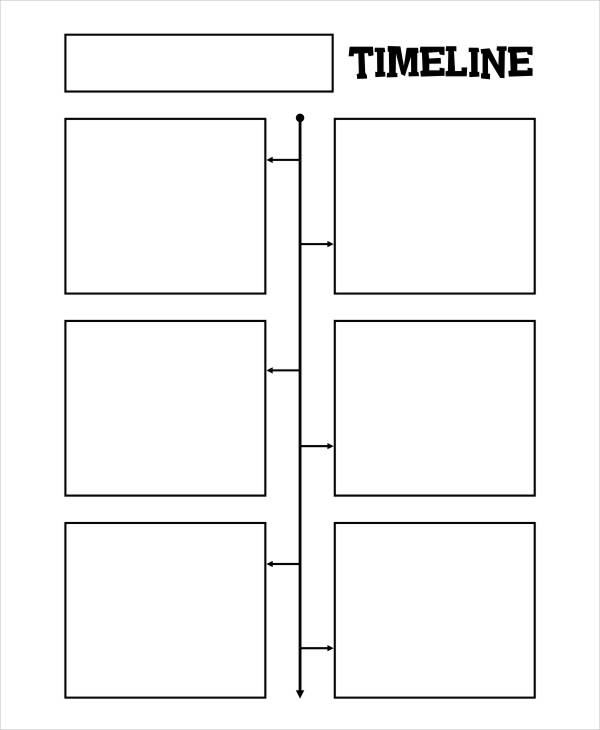
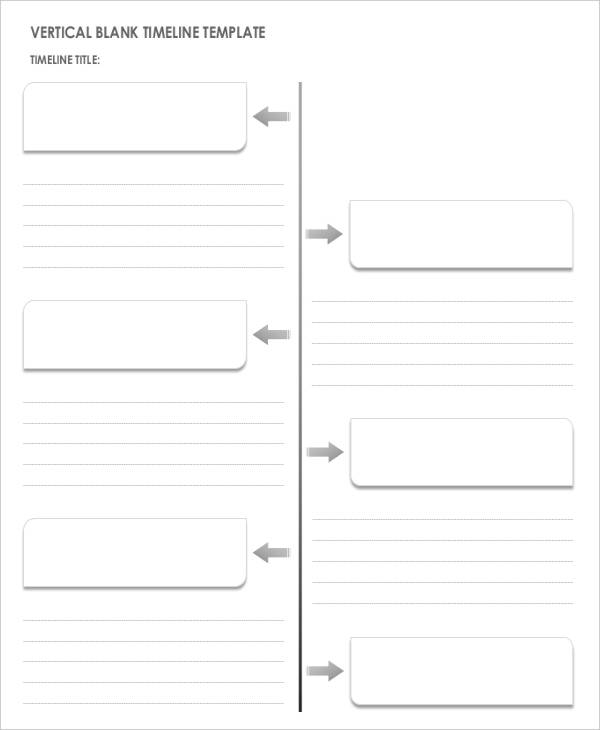
Tips for Successful Implementation
Here are some tips to consider when using a vertical timeline:
- Keep it Simple: Avoid cluttering the timeline with too much information. Stick to the most important events or steps to maintain clarity.
- Use Visuals: Incorporate images, icons, or symbols to enhance the visual appeal of the timeline and make it more engaging.
- Color Code: Assign different colors to different categories or themes to make it easier to identify and understand the timeline.
- Update Regularly: If using a digital version of the timeline, make sure to update it regularly to reflect any changes or new events.
- Get Feedback: Share the timeline with others and ask for feedback to ensure that it effectively communicates the intended information.
In Conclusion
A vertical timeline is a valuable tool for visually organizing and understanding chronological events or steps in a process. Whether you are planning a project, analyzing historical data, or teaching a lesson, a vertical timeline can help you effectively communicate information and keep track of important dates.
By following the steps outlined in this article and implementing the tips provided, you can create a successful and informative timeline that engages your audience and facilitates understanding.
Vertical Timeline Template – Download
